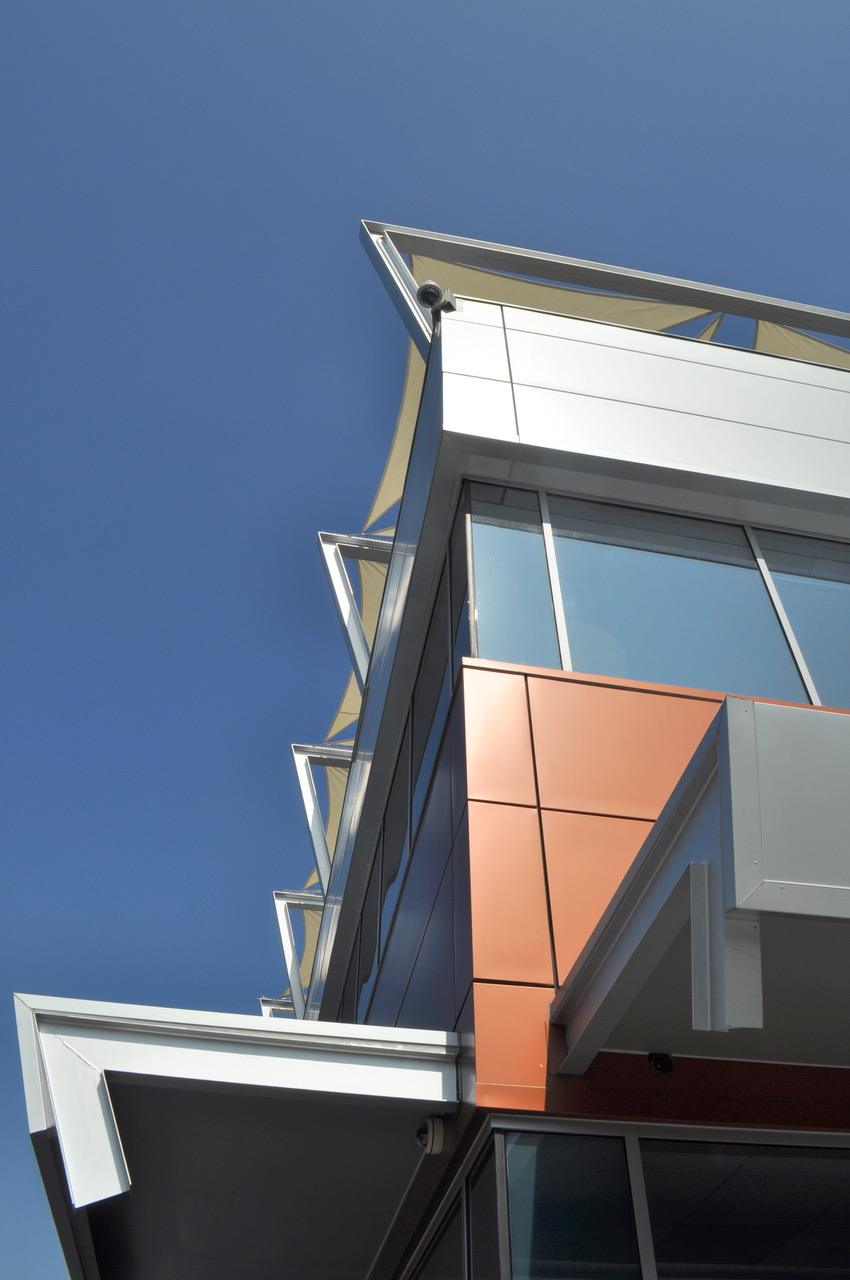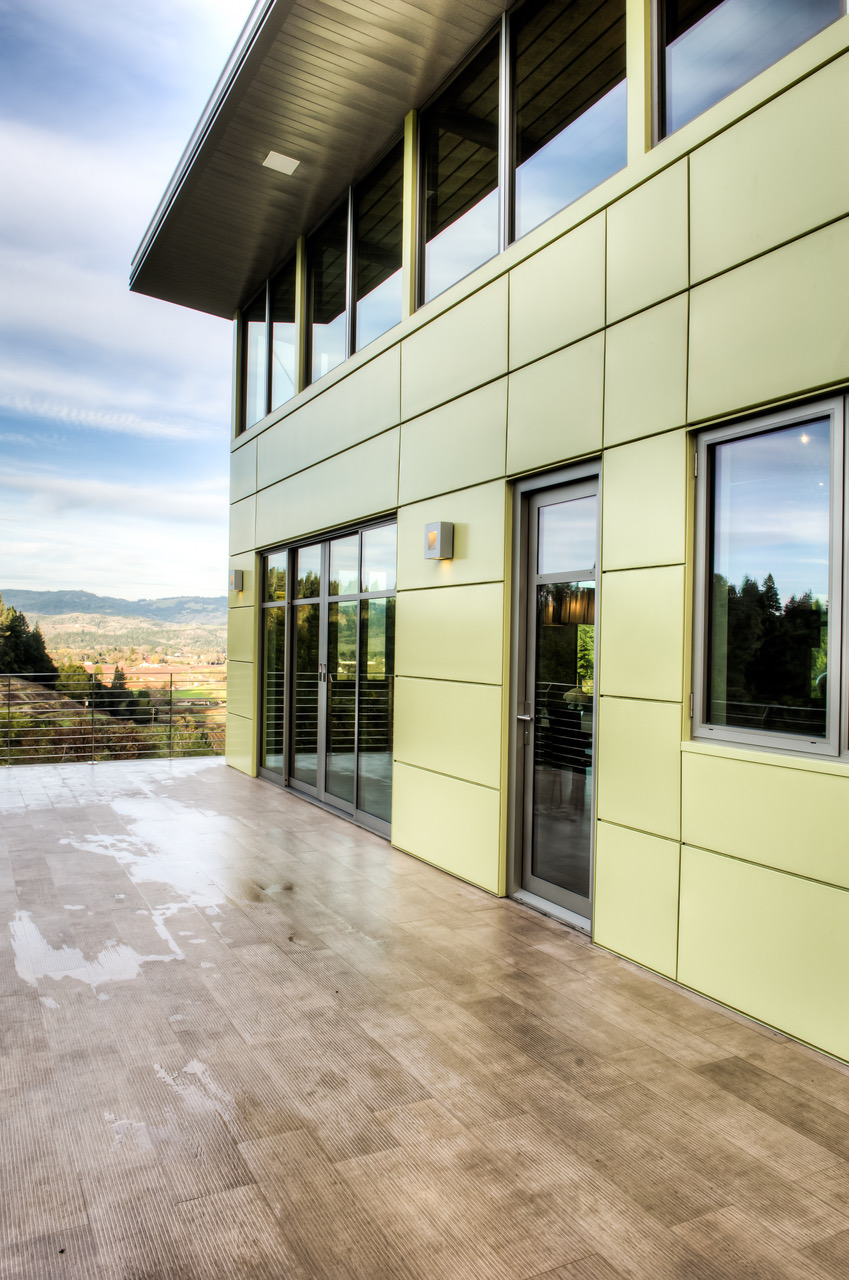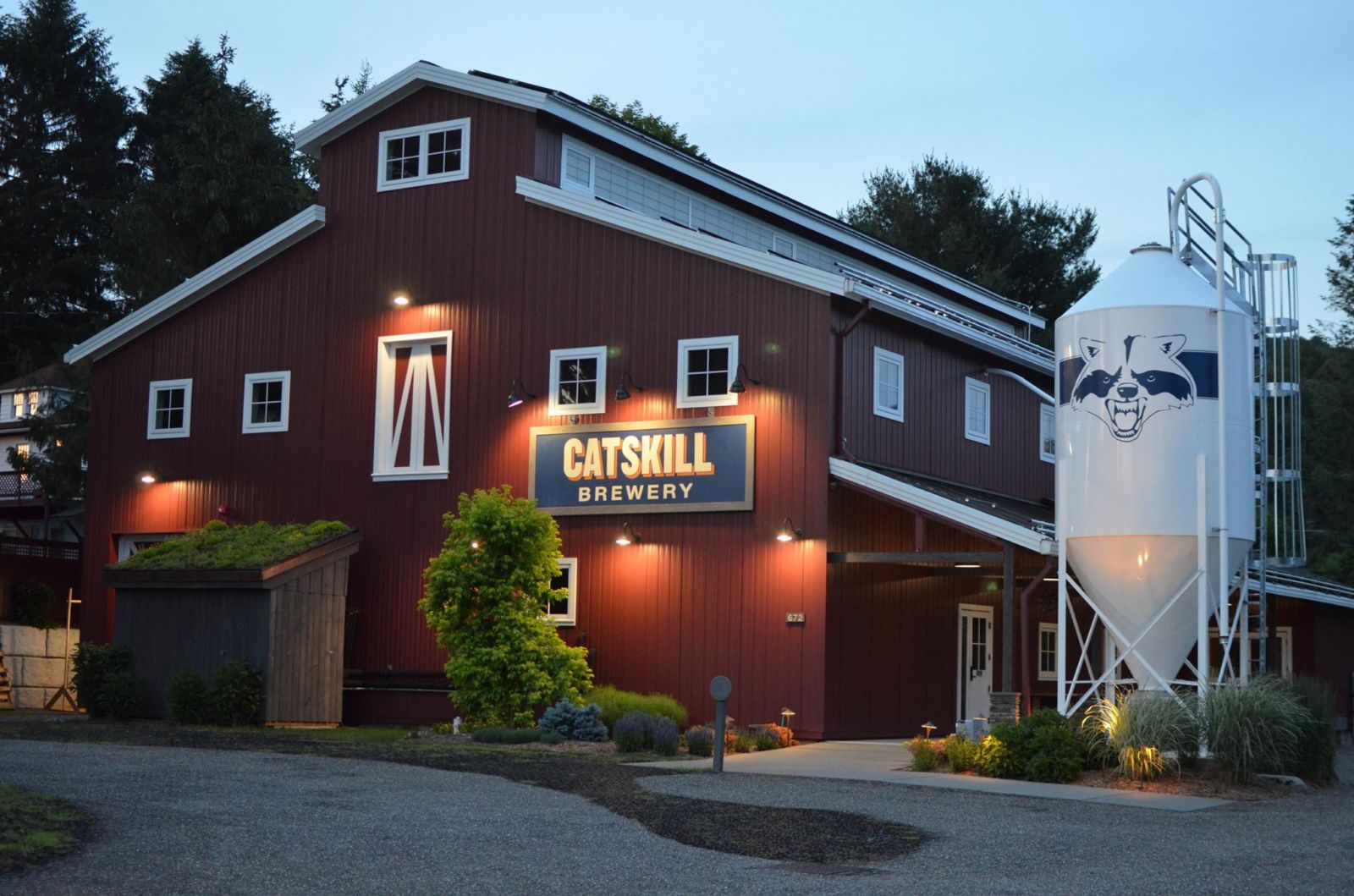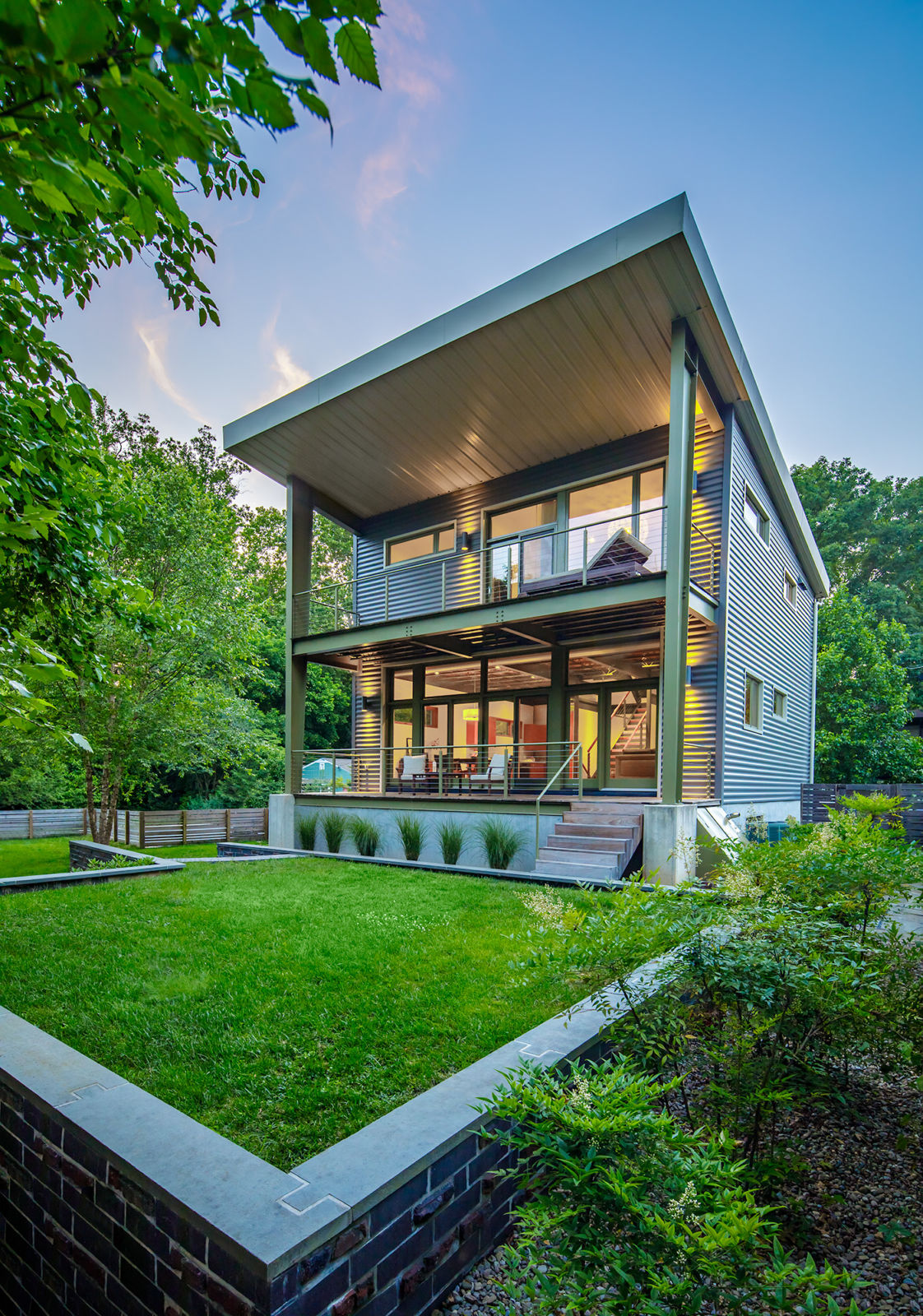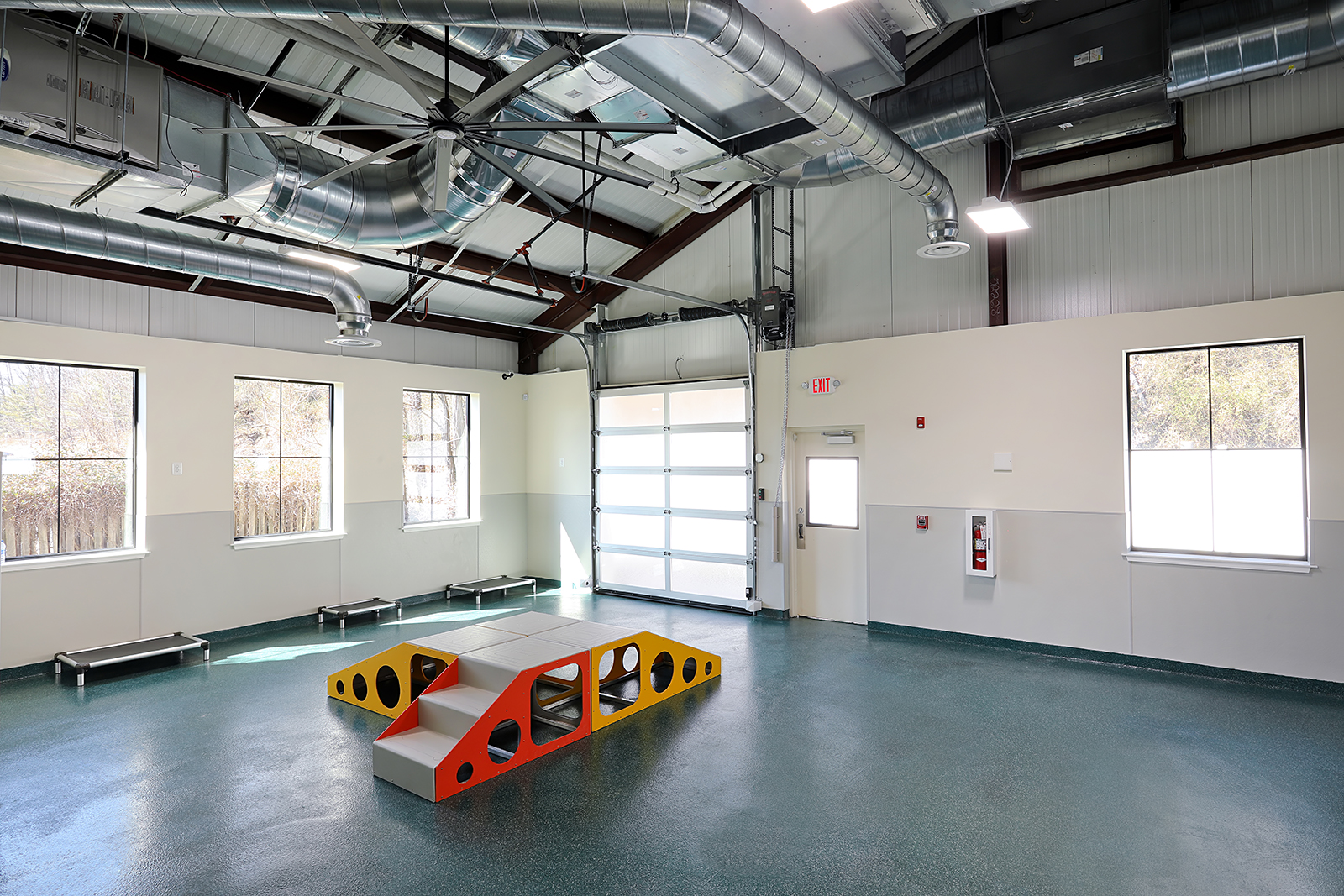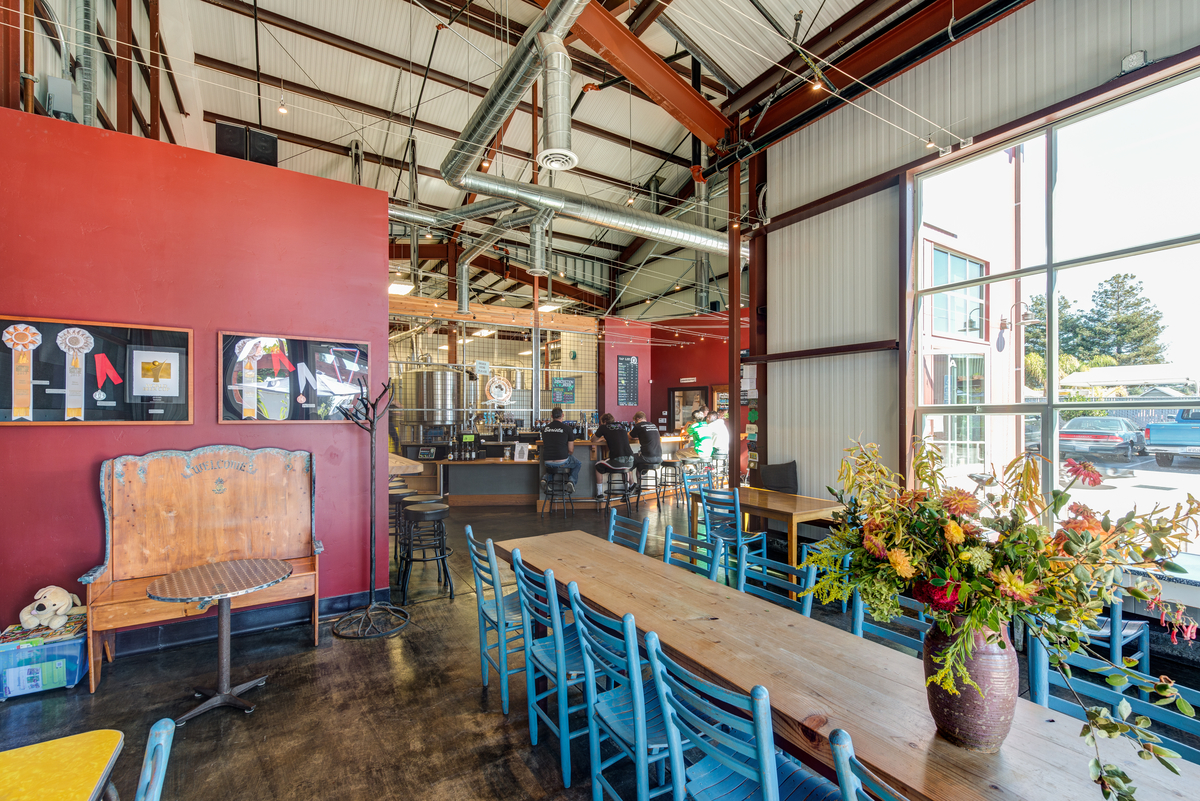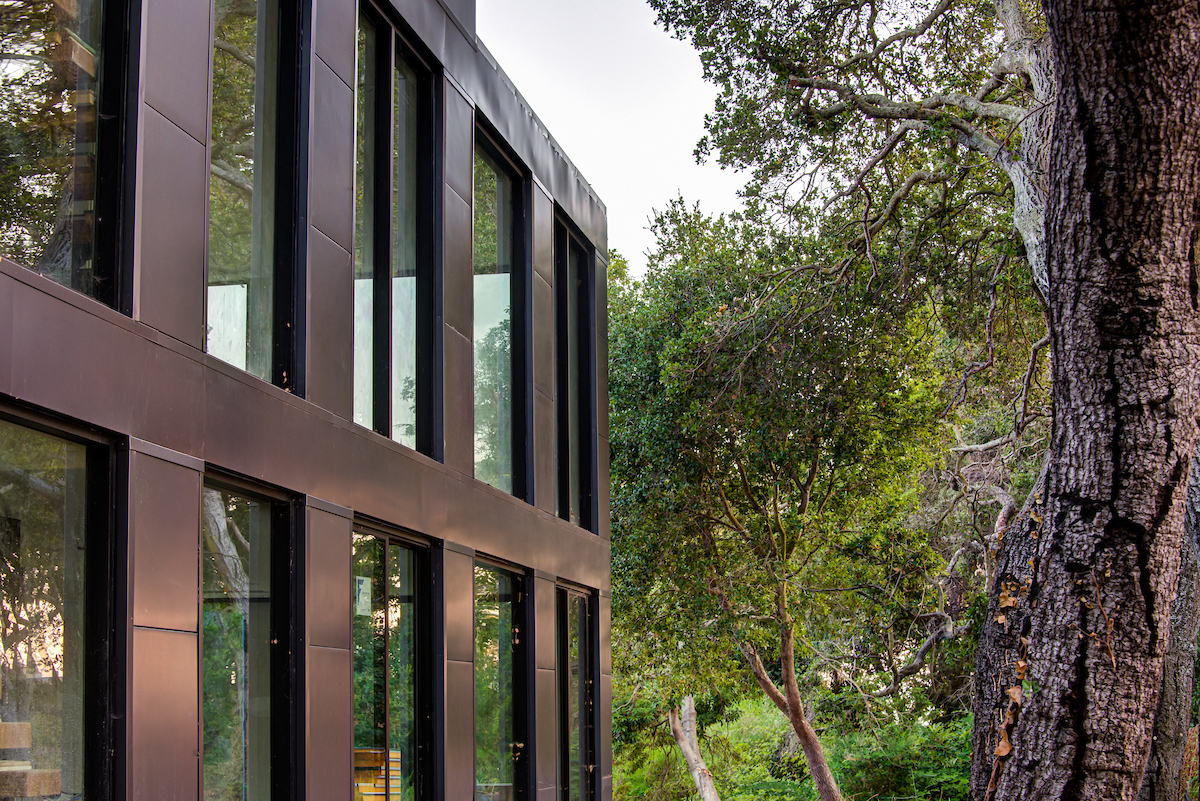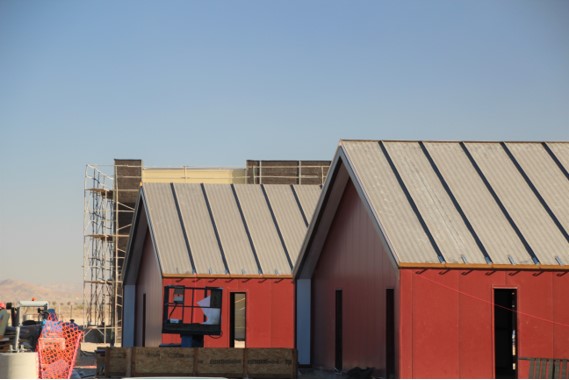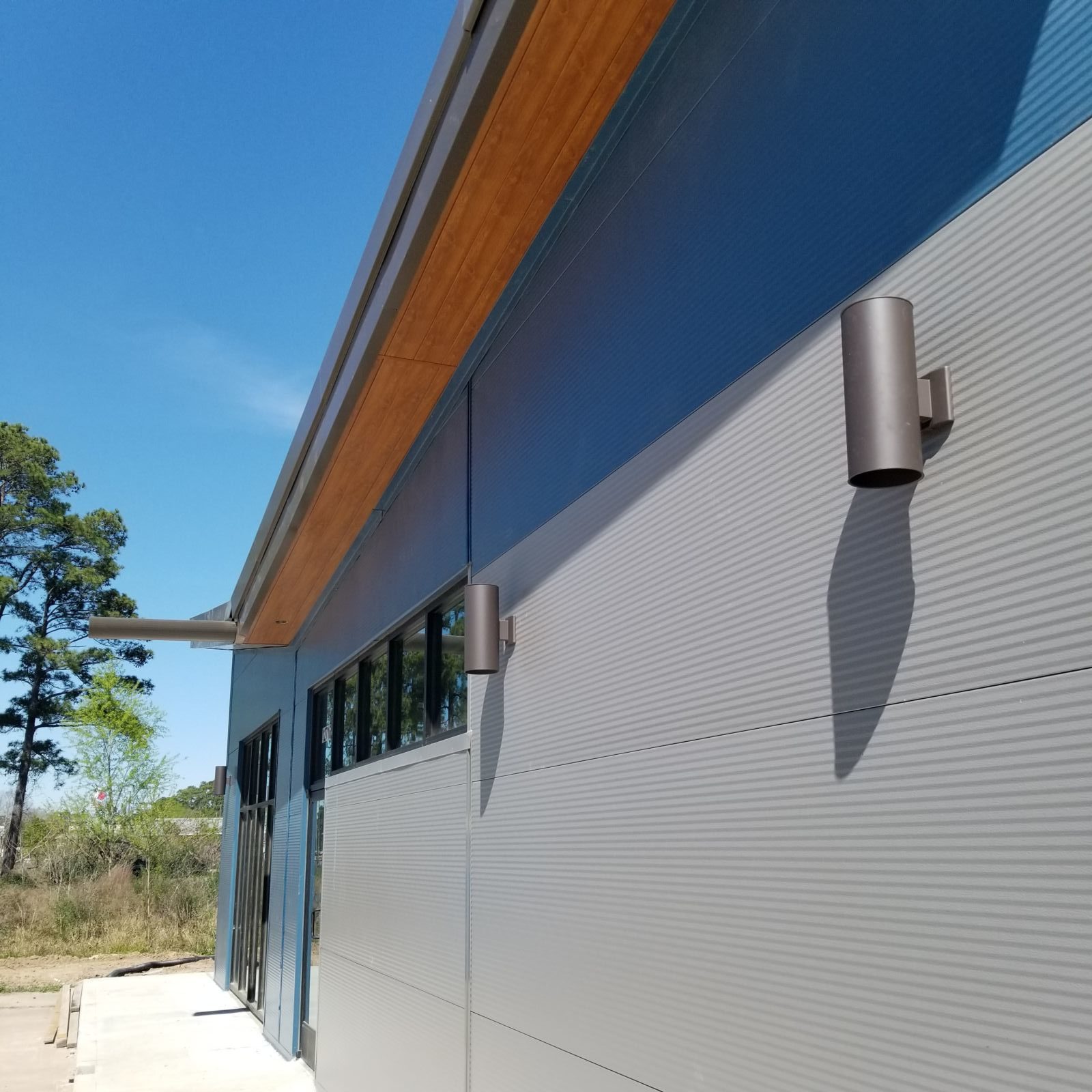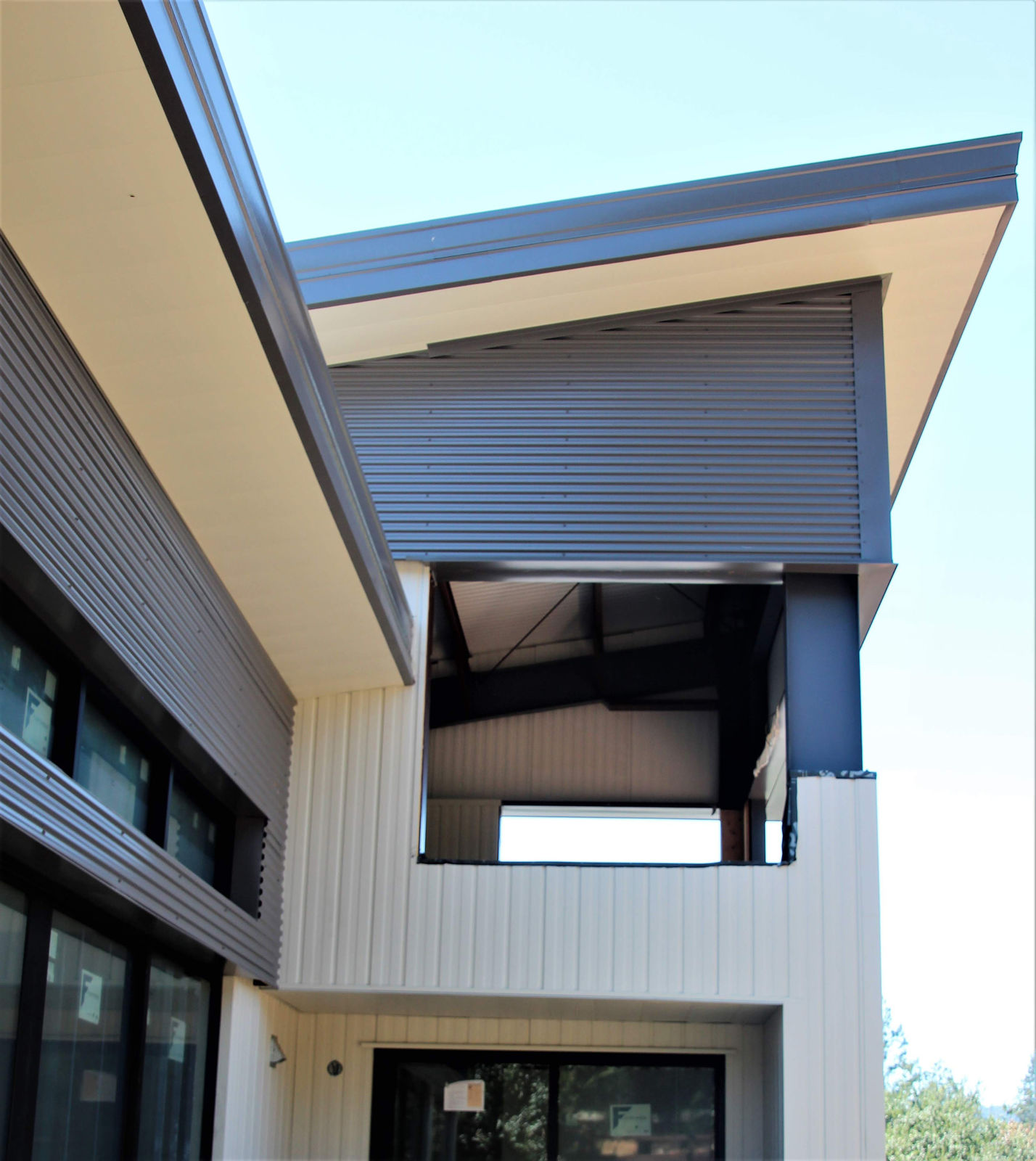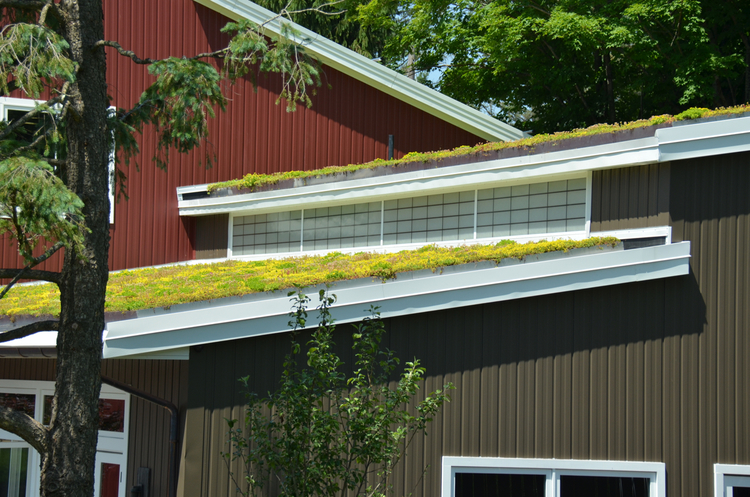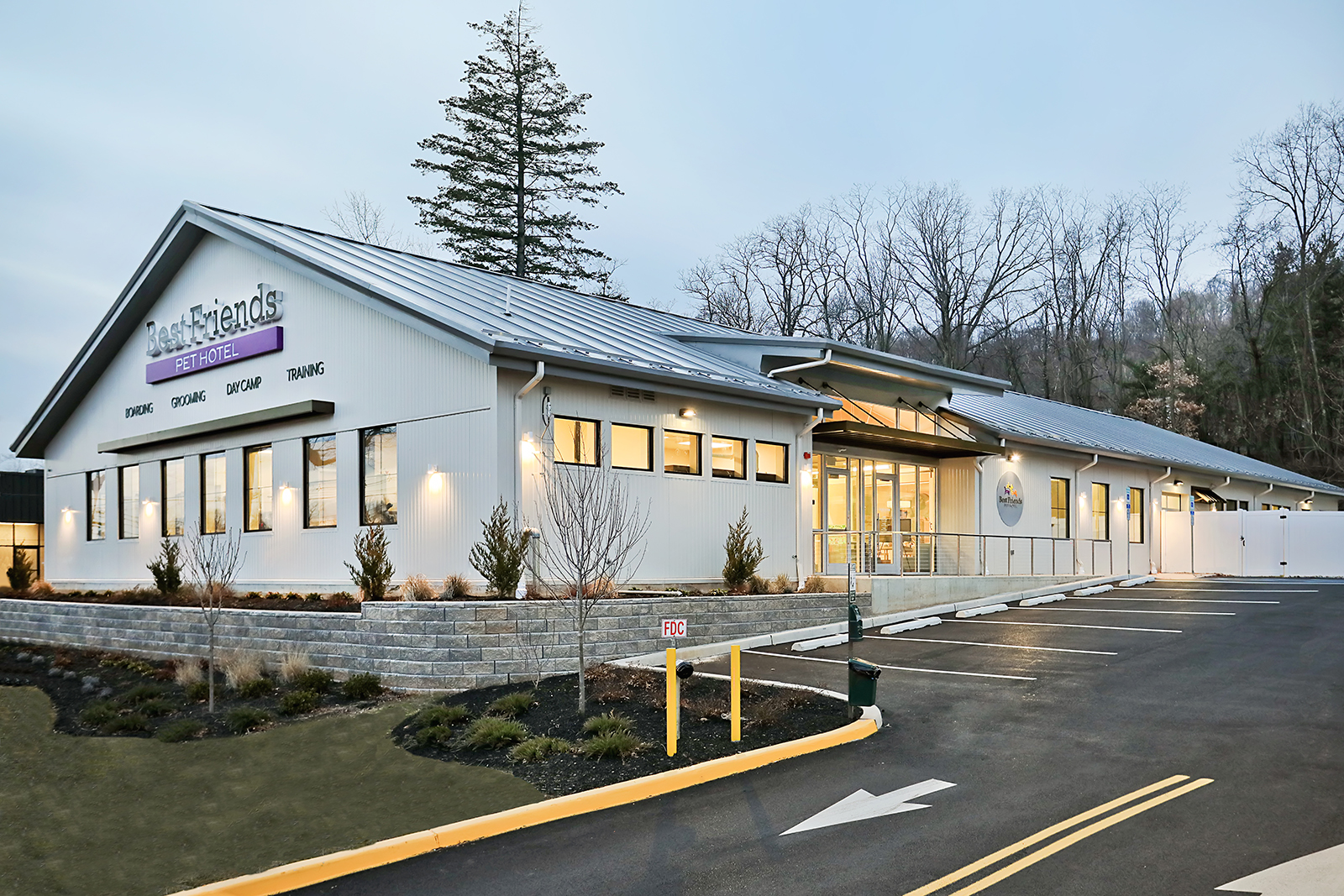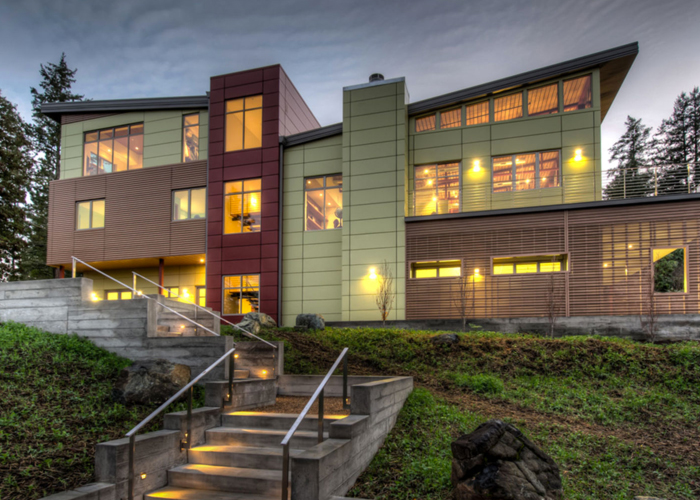Fire-Resistant Steel Buildings: The Ultimate Solution for Rebuilding
Protecting your building from fire is a critical consideration, especially in regions prone to wildfires or areas with heightened fire risks. The choice of construction materials can mean the difference between safety and vulnerability. Among the options available, steel structures stand out as the ultimate solution. Their unparalleled fire resistance, durability, and sustainability make them ideal for safeguarding homes and businesses. This guide explores the benefits of steel construction, provides fireproofing tips, and answers essential questions about fire-resistant buildings.

What Is a Fire-Resistant Building?
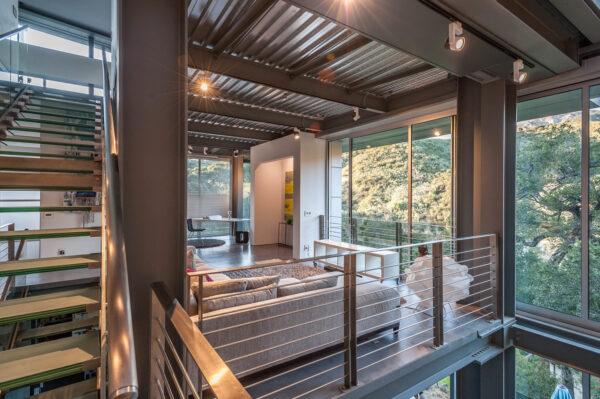
A fire-resistant building is designed to minimize the impact of fire by using materials and construction methods that slow or prevent the spread of flames. Such buildings use fireproof construction techniques and non-flammable building materials to protect their structure and occupants. The primary goal of fire-resistant design is to provide extra time for evacuation and reduce damage to the property.
For example, materials like steel, concrete, and certain types of glass are commonly used in fire-resistant construction. Steel, in particular, is non-combustible and retains its structural integrity even at high temperatures, making it a cornerstone of modern fireproof building design.
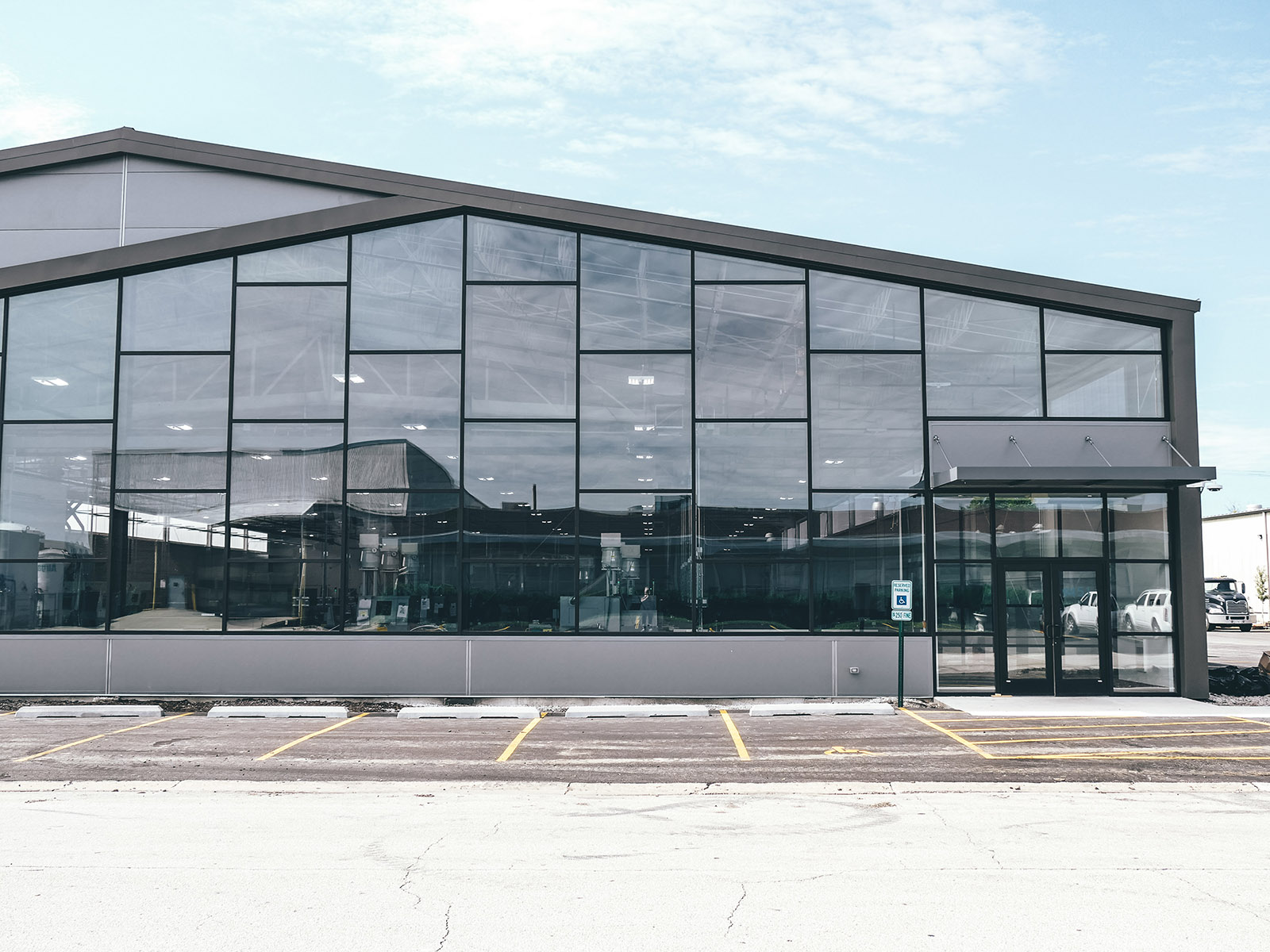
What Is the Most Fire-Resistant Building?
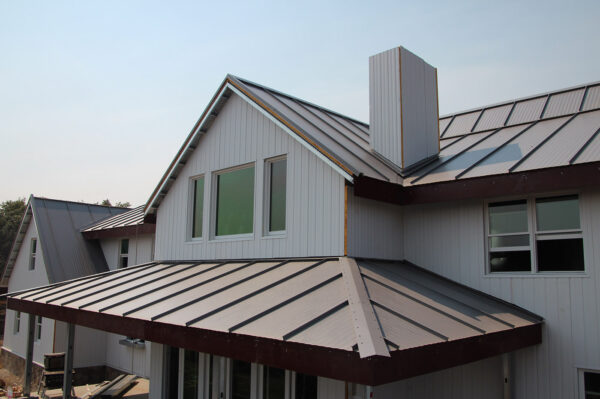
The most fire-resistant buildings are typically constructed with steel structures and fire-rated construction materials. These include buildings made from:
Steel frameworks: Steel’s non-combustible properties and strength make it highly resistant to fire. Proper insulation and coatings can further enhance its fire resistance.
Reinforced concrete: Like steel, concrete is non-flammable and can endure high temperatures for extended periods.
Fire-rated construction systems: These include walls, ceilings, and floors specifically designed to resist fire for specified durations, such as one or two hours.
For homeowners and businesses rebuilding after the Los Angeles fires, prefab fire-resistant homes made of steel are among the safest options. These homes combine fireproof materials with design innovations to create a secure and sustainable living environment.
How To Make Your Structure Fire-Resistant?
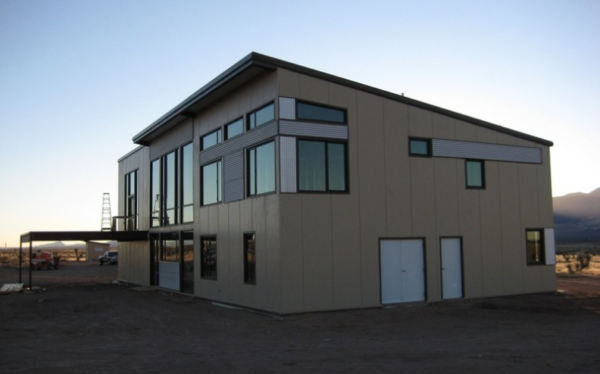
Ensuring that your building is fire-resistant requires a combination of fireproof materials, smart design choices, and proactive safety measures. Steel-framed structures are an excellent starting point, as they are inherently non-combustible and do not weaken under high heat. Beyond material selection, incorporating fire-resistant insulation, fire-rated doors and windows, and exterior fireproof coatings can significantly enhance a building’s ability to withstand fire. Additionally, maintaining defensible space by clearing flammable vegetation around the structure and installing roof-line sprinkler systems can provide further protection against wildfires. Following local fire safety codes and choosing fire-resistant construction techniques can help mitigate fire risks and ensure long-term durability.
How to Tell If a Building Is Fire Resistive?
Determining if a building is fire resistive involves assessing its materials and design. Here are some indicators of a fire-resistive building:
Use of fireproof building materials: Check if the structure incorporates materials like steel, concrete, or fire-rated wood.
Fire resistance ratings: Look for fire-rated construction systems that specify how long they can withstand fire exposure.
Non-flammable roofing: Metal roofs and fire-resistant shingles are key features of fire-resistive homes.
Fire barriers: Inspect for firewalls and partitions designed to limit the spread of flames within the structure.
Safety features: The presence of sprinkler systems, fire alarms, and exterior fireproofing measures such as fire-resistant coatings on walls and roofs.
If you’re rebuilding after the Los Angeles fires, ensure your architect or builder prioritizes these elements to create a truly fire-resistant structure.
Why Steel Structures Are the Ultimate Solution
Steel is an unmatched material when it comes to fire-resistant building construction. Here are some key reasons why:
1. Non-Combustible Nature
Steel does not burn, making it inherently fire-resistant. Unlike wood, which can easily ignite, steel’s non-combustible properties make it a safer option for wildfire-prone areas like Los Angeles.
2. High Durability Under Fire
While steel can weaken at extremely high temperatures, it retains its structural integrity longer than most materials. Protective coatings, such as intumescent paint, can further enhance its fire resistance.
3. Ease of Prefabrication
Prefab fire-resistant homes and commercial steel buildings can be manufactured off-site, ensuring precise construction and quicker assembly. Companies like EcoSteel, named the Top Metal Building Company in 2024, offer advanced solutions for fire-resistant prefab construction.
4. Cost-Effectiveness
While the initial investment in steel buildings may be higher than traditional materials, the long-term savings in maintenance, fire insurance, and repairs make them a cost-effective choice.
Additional Fireproofing Tips for Your Home
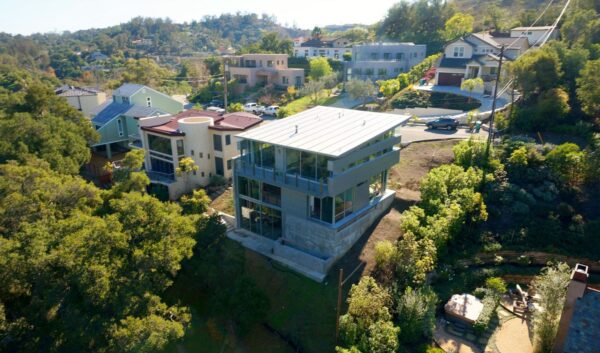
Even with a fire-resistant steel structure, additional steps can improve your property’s safety:
1. Reduce Vegetation and Trees Near Your Home
Maintain a defensible space of at least 30 feet around your home by clearing dry leaves, branches, and other flammable materials.
Plant fire-resistant vegetation and keep trees trimmed to prevent flames from reaching your house.
2. Install Exterior Roof-Line Sprinklers
Roof-line sprinklers can spray water over your home to keep it cool and prevent embers from igniting the roof.
Use a system connected to a reliable water source, such as a pool or storage tank, to ensure functionality during emergencies.
3. Use Fireproof Materials for Houses
Choose materials like steel siding, metal roofing, and fire-rated windows for added protection.
Opt for fireproof prefab houses that come pre-equipped with fire-resistant materials.
4. Seal Openings and Vents
Cover attic and foundation vents with fine mesh to prevent embers from entering your home.
Seal gaps around doors, windows, and eaves with fire-resistant caulking or weatherstripping.
LEARN MORE – ADDITIONAL RESOURCES
Fire Rebuild Santa Barbara, CA
L.A. County / Fire Rebuild Los Angeles, CA
Napa Fire Rebuild Napa, CA
Rebuilding with fire-resistant materials presents an opportunity to create homes and buildings that are not only resilient but also sustainable and cost-effective. Steel structures are the ultimate solution for fire-resistant construction, offering unparalleled safety, durability, and design flexibility. By combining steel’s natural fire resistance with additional fireproofing measures—like clearing vegetation and installing roof-line sprinklers—homeowners can significantly reduce their risk in fire-prone regions.
If you’re ready to build a fire-resistant structure that safeguards your investment and provides lasting peace of mind, contact EcoSteel today.
Let’s work together to create a fireproof home designed for safety, sustainability, and long-term resilience.
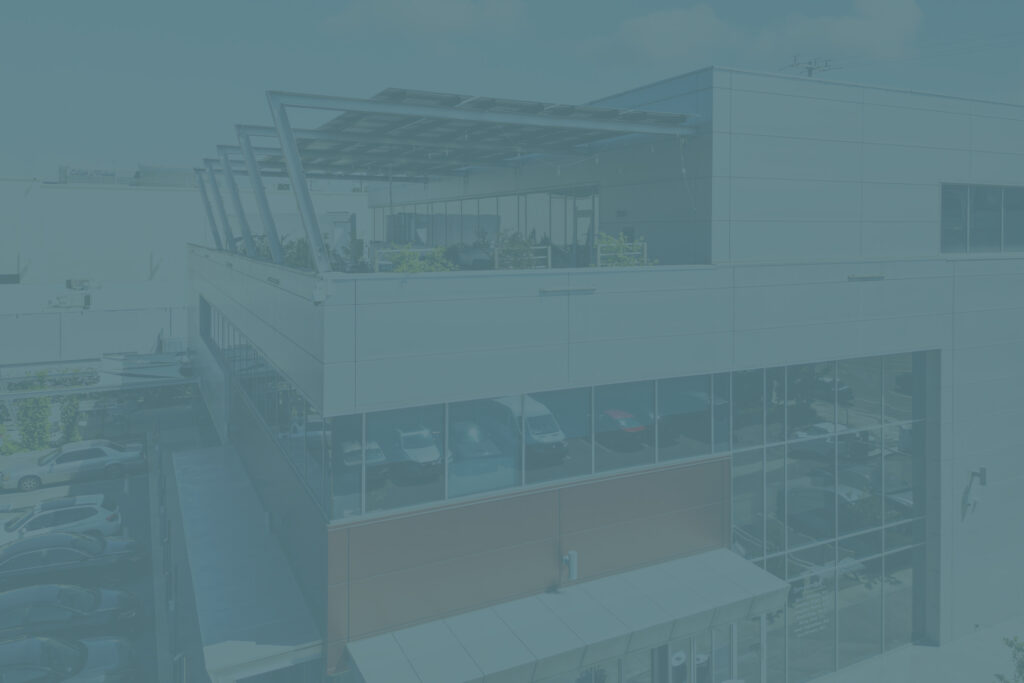
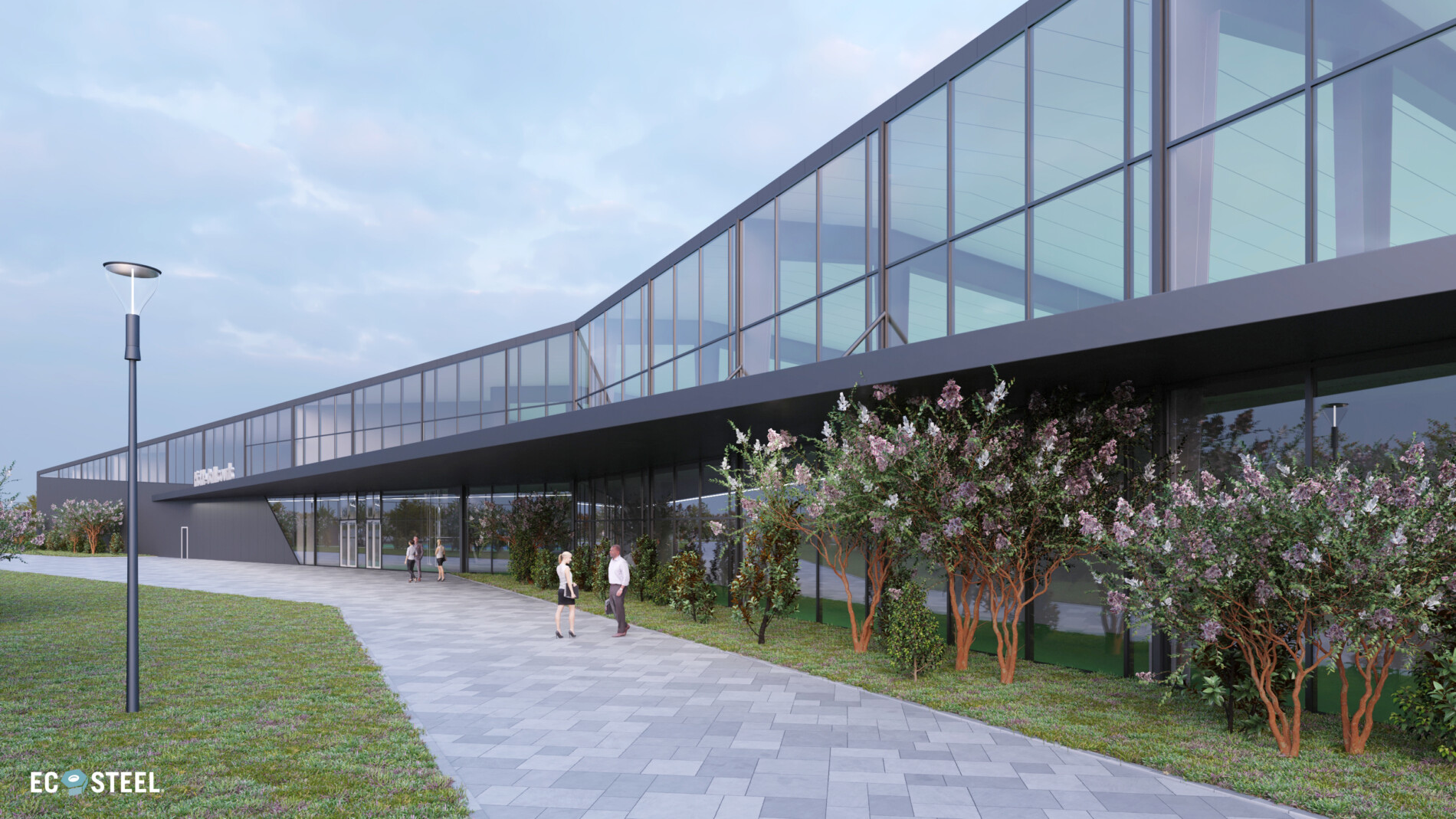
WHY ECOSTEEL?
EcoSteel building systems come in a variety of shapes and sizes, but at their core they all utilize a custom engineered structural steel frame and a high-performance insulated shell. From sub-zero temperatures to dry heat or high humidity, Mother Nature continually tests the limits of building envelopes. While our insulated wall panels are a popular option, sometimes they are substituted or combined with masonry, stone, pre-cast or tilt-up concrete, wood, glass or other architectural wall treatments. The versatility and flexibility of our building systems allows for a myriad of colors, shapes, textures and designs. Today’s building projects require the perfect combination of energy efficiency, creative versatility, and reduced construction cost.
